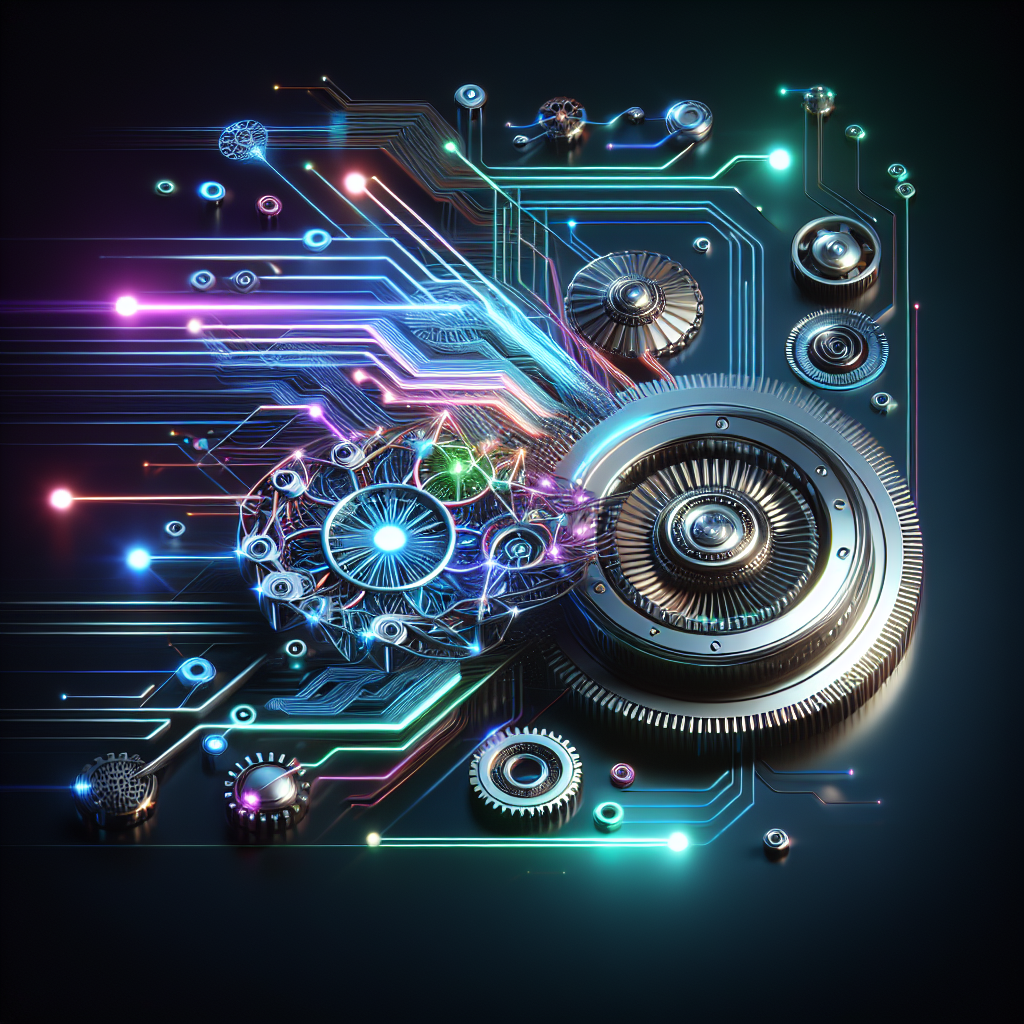Exploring the Boundaries of AI: Creativity and Technology in Harmony
As we plunge deeper into the realms of artificial intelligence, particularly in creative sectors, it's becoming increasingly evident that AI is not just a tool of efficiency but also a fountain of creativity. A recent discussion on this topic showcased some of the most exhilarating advancements in AI, focusing on music generation platforms and video modification technologies, which exemplify the spectacular progress and potential pitfalls of AI-driven creativity.
The Rise of Udio: A Symphony of Code and Melody
One of the standout innovations in the realm of AI comes from a platform called Udio. Not just another AI tool, Udio is stamping its authority as the premier AI music generation platform. Since its inception, it has rolled out updates that could very well solidify its position at the apex of AI-generated musical creativity. The platform allows users to compose music using AI, which, let's be honest, sounds like a plot from a sci-fi movie where robots replace composers. Yet, here we are, not only engaging with this technology but also enjoying the fruits it bears.
The user interface of Udio is inviting, making it easily accessible for both novices and professionals. This accessibility combined with the power of AI to generate music based on a variety of emotional cues and genres represents a significant leap towards integrating AI into everyday creativity. The process is straightforward: choose your style, set your mood, and let Udio generate a piece of music that could very well be the next chart-topper.
Enhancements in the platform's capabilities, such as reducing the generation time of tracks to mere minutes and improving the relevancy of generated content through extended memory, reveal Udio’s commitment to not only keeping pace with AI advancements but leading the charge.
Video Modification: The Art of Subtle Changes
Another thrilling development in AI is in the video modification technology demonstrated by Sora. This technology empowers creators to alter a single element in a video while keeping the rest intact. Imagine changing the protagonist in a video from a 30-year-old man in a gray suit to a 30-year-old woman, or even a metallic industrial robot, without affecting the backdrop of an alley decorated with graffiti and lined with trash cans – the possibilities for storytelling and film production are staggering.
This technology, although not categorized explicitly as video inpainting, behaves in a similar fashion by altering core elements while preserving the contextual integrity of the original footage. Such capabilities can dramatically reduce the time and cost associated with video production and open up new avenues for creative storytelling.
The AI Device Dilemma: Innovation vs. Practicality
The discussion also touched on a more contentious issue in the AI space - the development and marketing of AI devices like the Rabbit R1. Initially touted as a revolutionary product that could not be replicated in a smartphone app form, the R1 was later reverse-engineered to function on phones without the need for additional hardware. This pivot in functionality raises questions about the necessity and integrity of marketing standalone AI devices. Are consumers being sold on a technology that could be more economically and practically disseminated through existing devices?
The Community's Role in Shaping AI's Future
A key aspect of advancing technology is community involvement. The platform encourages feedback and ideas, which helps refine and direct the development process. This community-centric approach not only accelerates the improvement of technologies but also ensures they meet the real-world needs and expectations of their users.
The Ethical Considerations
With great power comes great responsibility, and the power of AI is no exception. The capability of AI to modify videos or create music that resonates with human emotions brings forth significant ethical considerations. From the potential for deepfake generation to copyright issues with AI-generated music, the community, developers, and regulators must tread carefully to ensure that AI's creative powers are harnessed for good, fostering an environment where innovation is balanced with conscientious development.
As AI continues to evolve and integrate into more creative professions, its potential seems limitless. But it's the blend of human ingenuity with AI's capabilities that will ultimately dictate the path and success of this technology in creative industries. Whether it's generating a new hit song or altering the narrative of a film with subtle video tweaks, AI is here not just to stay but to lead the charge into a new era of digital creativity.
Related News
- Exploring the Intersection of AI and Creativity Through Music and Video
- The Exciting Evolution of AI Image and Video Generation: A Deep Dive
- Revolutionizing Music Videos with AI: A Deep Dive into Modern Tools
- Unraveling the Symphony of AI-Generated Music: A Deep Dive into the Trends Shaping Our Musical Future
- The Rising Tide of AI Integration: A Comprehensive Look into Recent Developments
